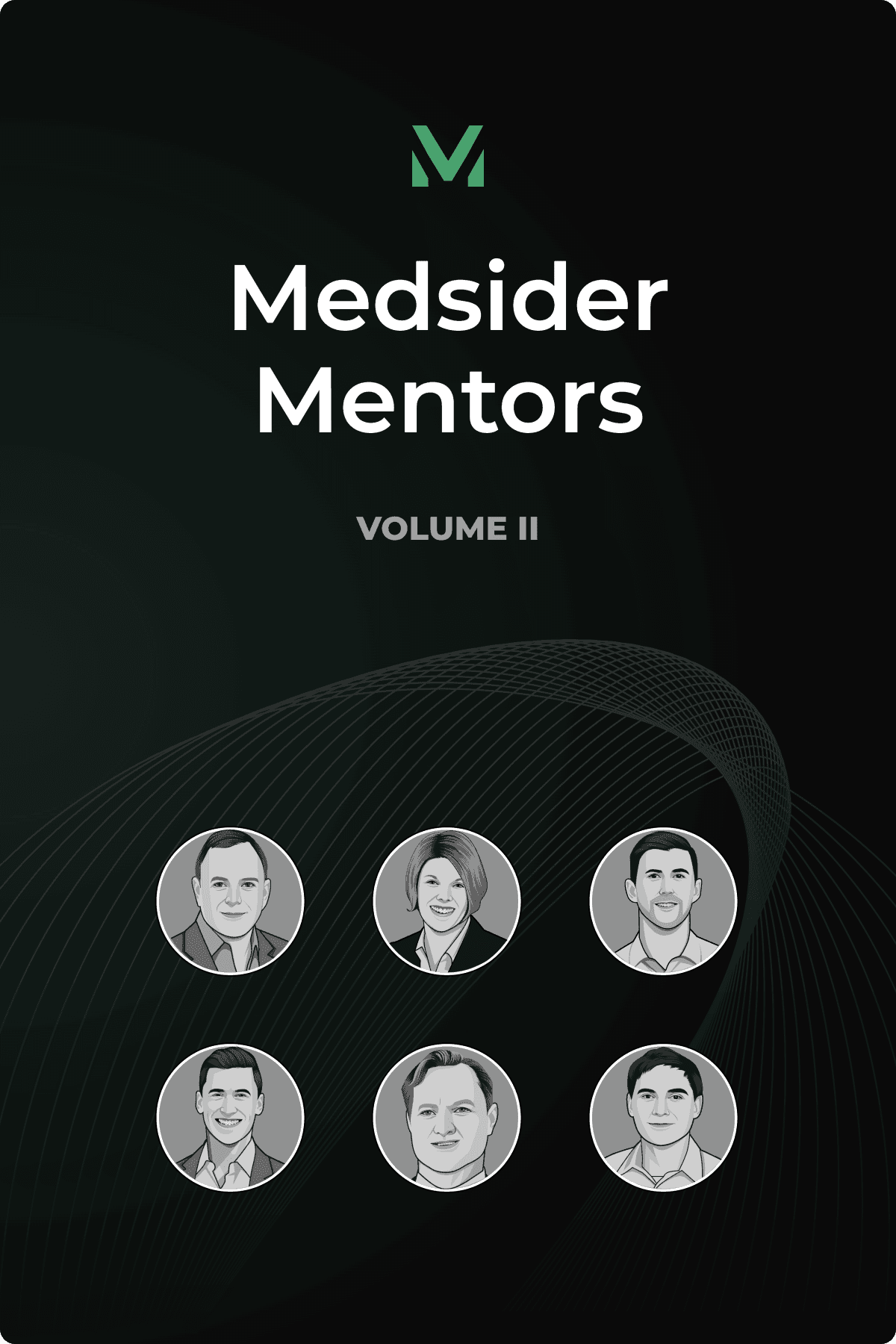Why Medtech Founders Should Not Over-Focus on Dilution
Interview with Renee Ryan, CEO of Cala Health

We recently caught up with Renee Ryan, the CEO of Cala Health, a bioelectronic medicine company that’s focused on wearable neuromodulation therapies that deliver individualized peripheral nerve stimulation. Renee has 25 years of experience in healthcare as an executive and investor, and in this episode, she shares her expertise with the Medsider community.
Renee will discuss some common mistakes that medtech startups make, and talk about what she looks for as an investor in early-stage companies. She shares tips on navigating the regulatory waters and obtaining insurance coverage & reimbursement. Renee also gives us some key learnings from her time at Johnson & Johnson, and talks about what’s new at Cala Health, including their recent FDA breakthrough device designation.
But first, here’s a bit more on Renee’s background:
She has 25 years of experience in the healthcare space. Previously, Renee led the medical technology investments for Johnson & Johnson Innovation on the West Coast and Asia Pacific for 8 years. While at J&J, she made over 15 new investments, including the Series A for Cala Health. Prior to her time at J&J, she was a healthcare investment banker at RW Baird, Jefferies, and Goldman Sachs. Renee has a great eye for innovation, and we’re excited to welcome her to Medsider today.
You May Like These Articles
Medsider Premium
Become a premium member and unlock access to exclusive Medsider benefits.



